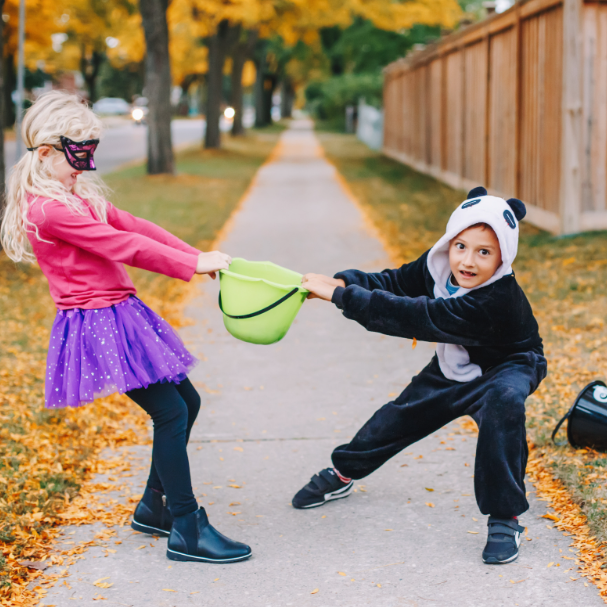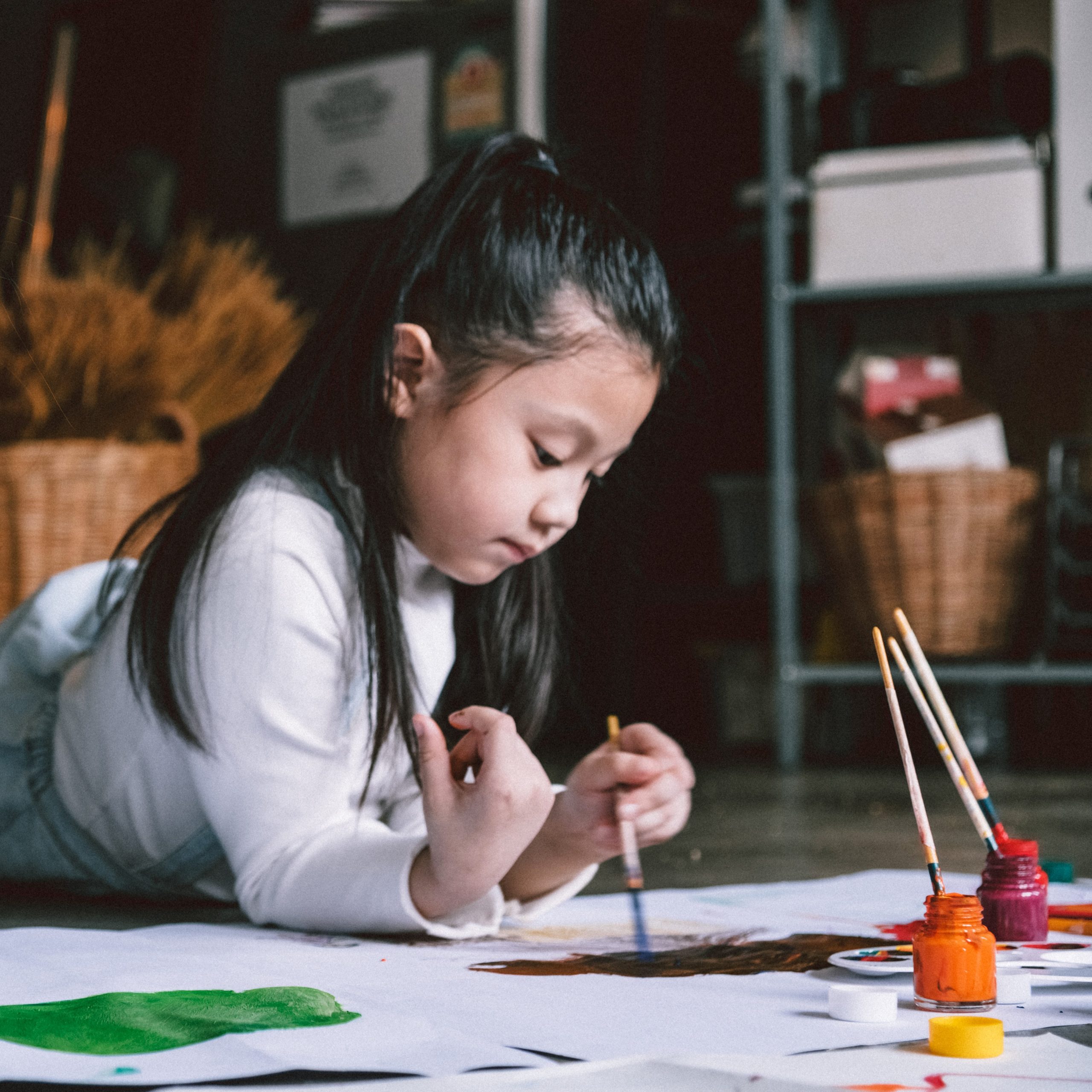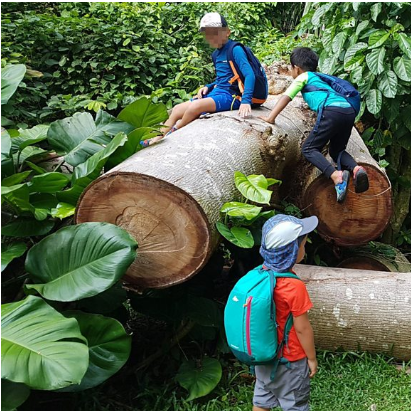What can a child learn from a fight? A lot, with the right opportunities.
A dispute with a peer can teach a child about how to voice their own needs, how to weigh the needs of another, and how to compromise and problem-solve with others.
In the Japanese practice of Mimamoru (literally, “watch and protect”), early childhood practitioners are trained to intervene minimally and later than many American early childhood educators would expect, while still closely observing children’s fights. The principle behind this is that while the adult’s role is to protect the children, children need the experience of navigating social complexity to build their social skills. A child who hits another and is then sent away from the activity learns that the adult nearby doesn’t want them to hit but does not learn how to get their needs met. When that same adult stop in, checks on the child who was hit, and helps both children verbalize their wants and needs, both children have the opportunity to understand each other and find a solution.
Perhaps the more difficult situation here is one where the attacks aren’t physical, but emotional. Relational aggression (e.g. “You’re not my friend!” or “You can’t come to my birthday party!”) can be more difficult to intervene in, and harder to spot. This also tends to peak in late preschool and early elementary years as children refine their definition of friendships and understand what it means to be a friend, as well as the power that comes from being included or excluding others.
In either act of aggression, how can the educator offer a learning opportunity instead of simply managing or shutting down the behavior? People are born with the desire to connect, and emotional resilience, as well as a guiding moral voice. What needs to be scaffolded are the skills to advocate for oneself and listen to and hypothesize about others’ perspectives.
First, look at the purpose of adult interventions: no one wants the children to be hurt, physically or emotionally. But in the same way that learning to walk comes with a few tumbles, learning to be a friend and participant in a community comes with its own missteps. If children cannot learn from each other and us when they’re small, they won’t have the experience to navigate social relationships as they become more complex.
This is the platform on which larger concepts of restorative justice are built; instead of punishing the person who harmed another, we work to ensure that the person who was hurt is comforted, and the person who did the hurting has the resources to avoid doing it again.
Questions for your reflection:
- What was your first reaction when you thought about waiting to intervene?
- What are your current intervention strategies when children are fighting?
- How could you integrate a “pause” before intervening?
- What else could you do to support children in learning conflict mediation?
Nakatsubo, F., Ueda, H., & Kayama, M. (2022). Why Don’t Japanese Early Childhood Educators Intervene in Children’s Physical Fights? Some Characteristics of the Mimamoru Approach. Early Childhood Education Journal, 50(4), 627–637. https://doi.org/10.1007/s10643-021-01184-3



